What is the tolerance range of precision screws?
What is the tolerance range of precision screws?
Service Hotline
+86760-8787 8587We have more than ten years of production experience in the screw industry, the main products are: fasteners non-slip hexagon bolts, chemical screws, cylindrical pin positioning pins, countersunk washers, non-slip flange nuts with pads, 2205 screws, GB13680/DIN928 square welding Nuts, grade A small flat washers, GB854 washers, nickel-plated copper screws, elongated round joint nuts, semi-single tube hollow rivets, angular nuts, double-ended plastic, extended cup head socket head cap screws and other fasteners, due to product material and specifications Each is different and the price is also different, please contact us if you need it.


When the countersunk head screws and hexagon socket head bolts are produced by the cold heading process, the original structure of the steel will directly affect the forming ability of the cold heading process. In the process of cold heading, the plastic deformation of the local area can reach 60%-80%, so the steel must have good plasticity. When the chemical composition of the steel is constant, the metallographic structure is the key factor to determine the plasticity. It is generally believed that the coarse flaky pearlite is not conducive to cold heading forming, while the fine spherical pearlite can significantly improve the plastic deformation ability of the steel. For medium carbon steel and medium carbon alloy steel with a large amount of high-strength bolts, spheroidizing (softening) annealing is performed before cold heading, so as to obtain uniform and fine spheroidized pearlite to better meet the actual production needs. For the softening annealing of medium carbon steel wire rods, the heating temperature should be kept above and below the critical point of the steel, and the heating temperature should not be too high, otherwise tertiary cementite will precipitate along the grain boundary, resulting in cold heading cracking. The wire rod of medium carbon alloy steel is annealed by isothermal spheroidization. After heating at AC1+ (20-30%), the furnace is cooled to slightly lower than Ar1, the temperature is about 700 degrees Celsius for an isothermal period, and then the furnace is cooled to about 500 degrees Celsius and air-cooled. The metallographic structure of the steel changes from coarse to fine, from flake to spherical, and the cracking rate of cold heading will be greatly reduced. The general area of softening annealing temperature for 35\45\ML35\SWRCH35K steel is 715-735 degrees Celsius; while the general heating temperature for spheroidizing annealing of SCM435\40Cr\SCR435 steel is 740-770 degrees Celsius, and the isothermal temperature is 680-700 degrees Celsius.
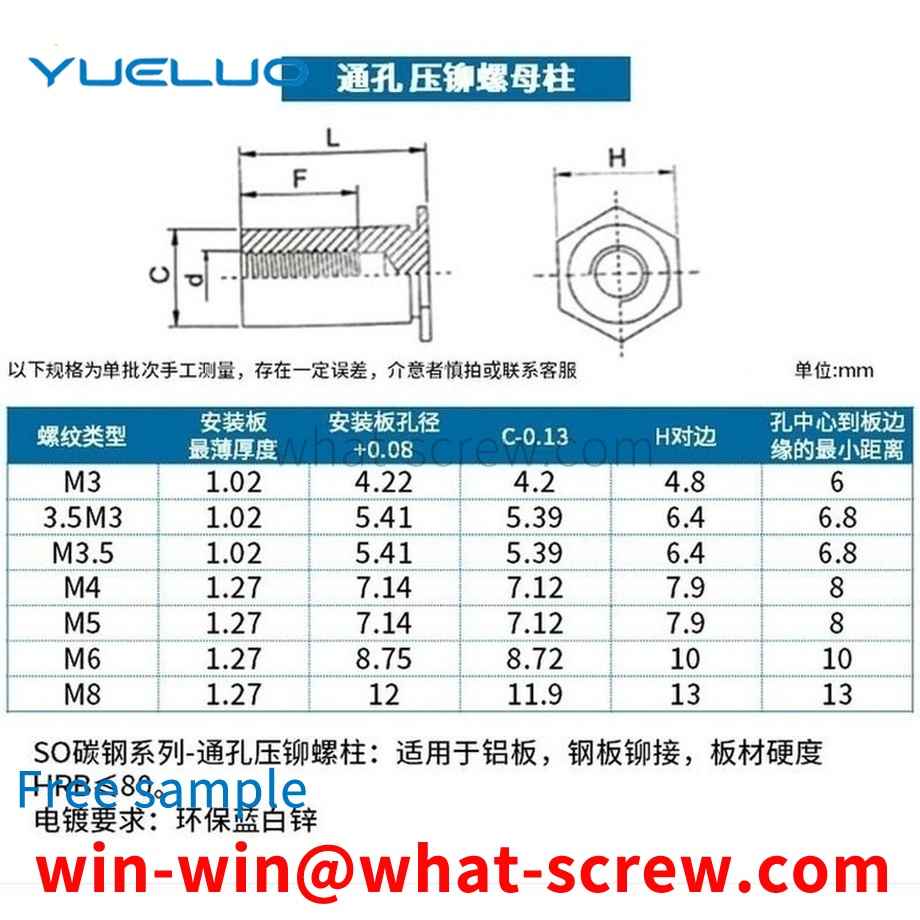
Rivets are mostly used for fixed riveting and movable riveting between parts. The rivets used for movable riveting are mostly cylindrical, and there is no size limit for riveted parts, which is easy to cause parts to be squeezed and deformed during riveting. For example, The parts are inserted into the parts for active riveting. When riveting, the riveting force can easily cause the parts to clamp the parts, which in turn causes difficulty in the movement of the parts and the parts, high operating force and noise problems, and the parts are easily damaged.
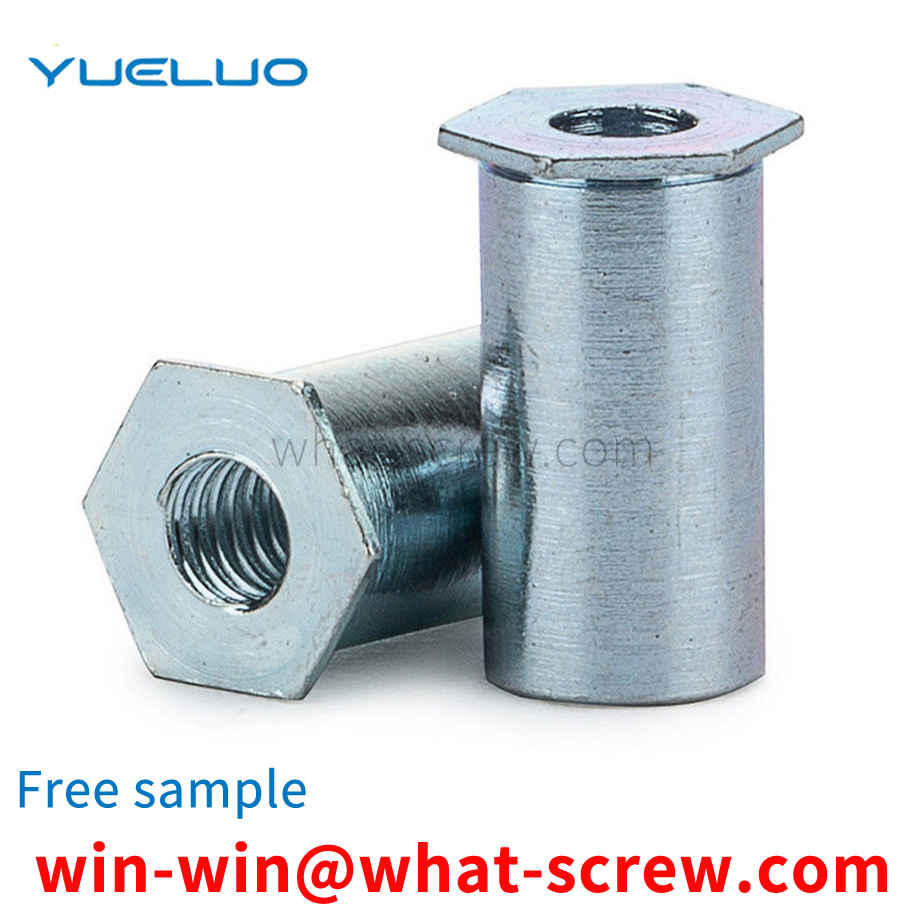
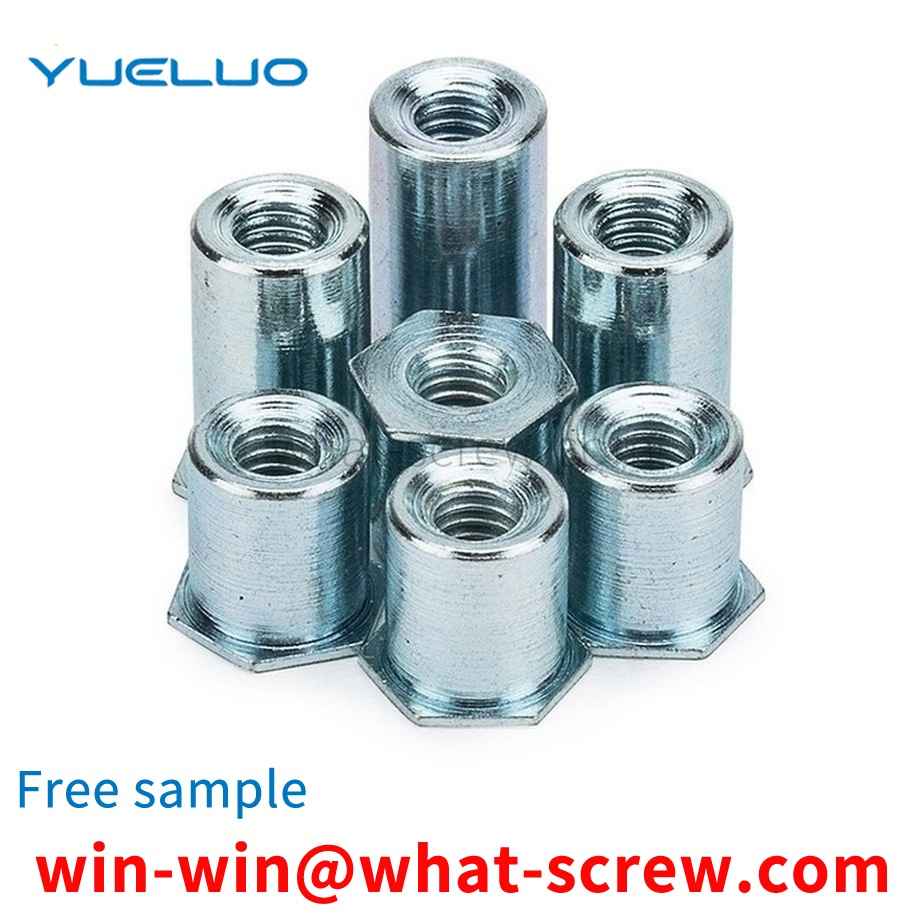
For hexagonal nuts, the commonly used standards are: GB52, GB6170, GB6172 and DIN934. The main differences between them are: the thickness of GB6170 is thicker than that of GB52, GB6172 and DIN934, commonly known as thick nuts. The other is the difference between the opposite sides, the opposite sides of DIN934, GB6170 and GB6172 in the M8 nut series are 13MM smaller than the opposite side 14MM of GB52, and the opposite sides of M10 nuts, DIN934 and GB52 are 17MM. The opposite side of GB6170 and GB6172 should be 1MM larger, M12 nut, DIN934, GB52's opposite side is 19MM larger than GB6170 and GB6172's opposite side 18MM is 1MM larger. For M14 nuts, the opposite side of DIN934 and GB52 is 22MM, which is 1MM larger than the opposite side of GB6170 and GB6172, which is 21MM. The other is the M22 nut. The opposite side of DIN934 and GB52 is 32MM, which is 2MM smaller than the opposite side of GB6170 and GB6172, which is 34MM. (Besides the thickness of GB6170 and GB6172 are the same, the width of the opposite side is exactly the same) The rest of the specifications can be used in general without considering the thickness.

This clearance determines how much the bone fragment fixed by means of the locking screw in the corresponding locking hole can move relative to the nail and thus also relative to other bone fragments fixed by the same nail due to the rigidity of the nail. Together with the flexibility of the material and the overall device this can build up to a size that prevents or decisively delays effective healing. In order to ensure the applicability of the locking device to the surgeon, this gap, although unavoidable, is clinically undesirable in some indications (eg in the case of metaphyseal fragments). Even a screw with a full cross-section, which can have an internal thread in the locking hole, is not gapless. This internal thread only prevents possible axial movement of the screw on the locking screw.
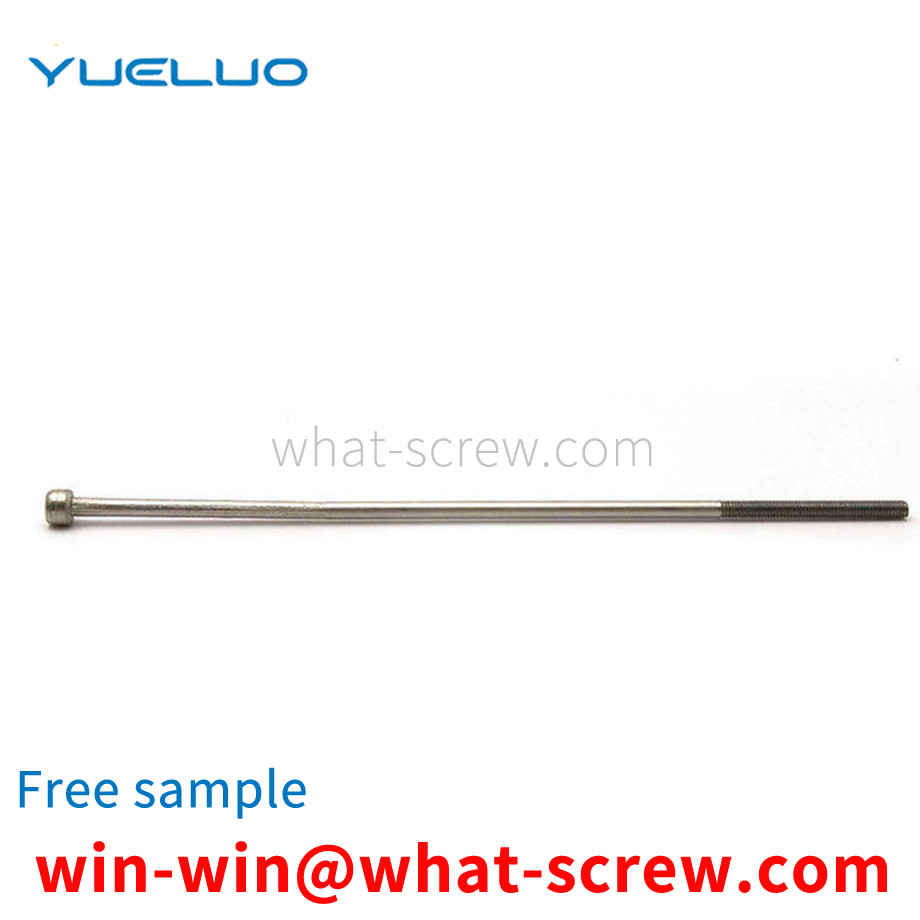
The above content is uploaded by Yueluo or the Internet. If there is any copyright issue, please contact [email protected].

What is the tolerance range of precision screws?

How to choose the right stainless steel screw manufacturer?

Why is there an R angle under the head of the hexagon head s...

We have more than ten years of experience in screw industry ...

We have more than ten years of experience in screw industry ...
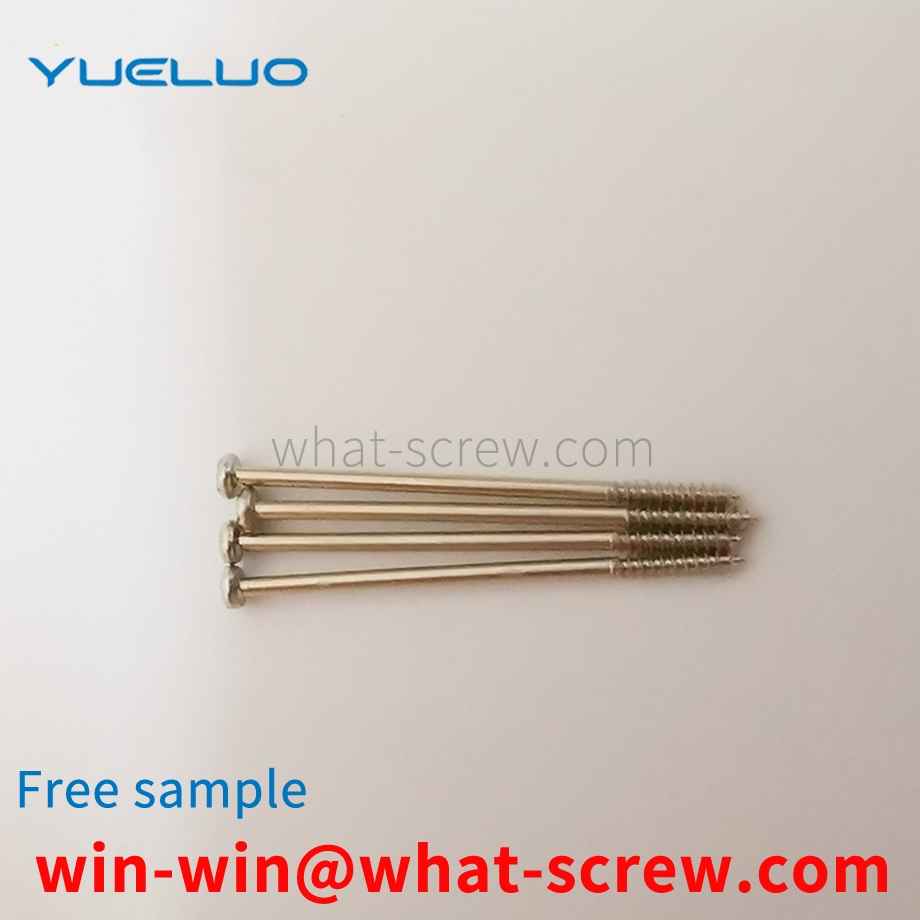
We have more than ten years of experience in screw industry ...

We have more than ten years of production experience in the ...